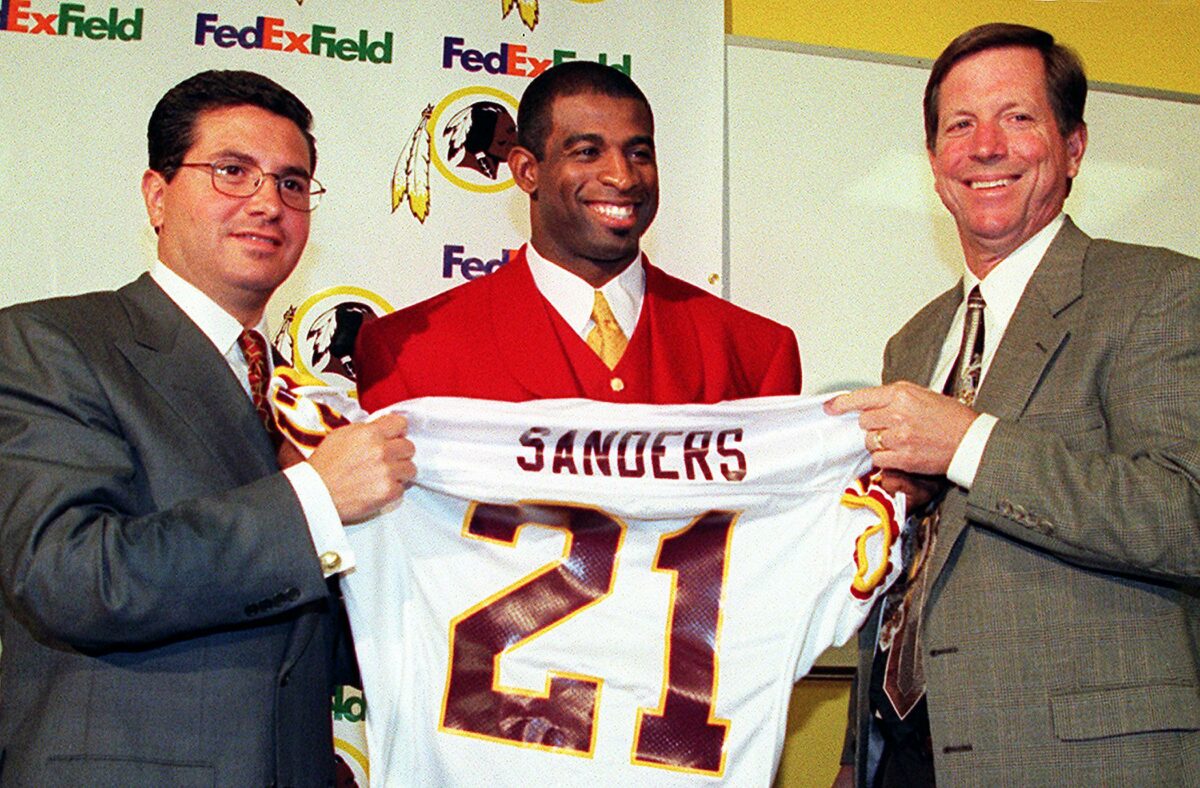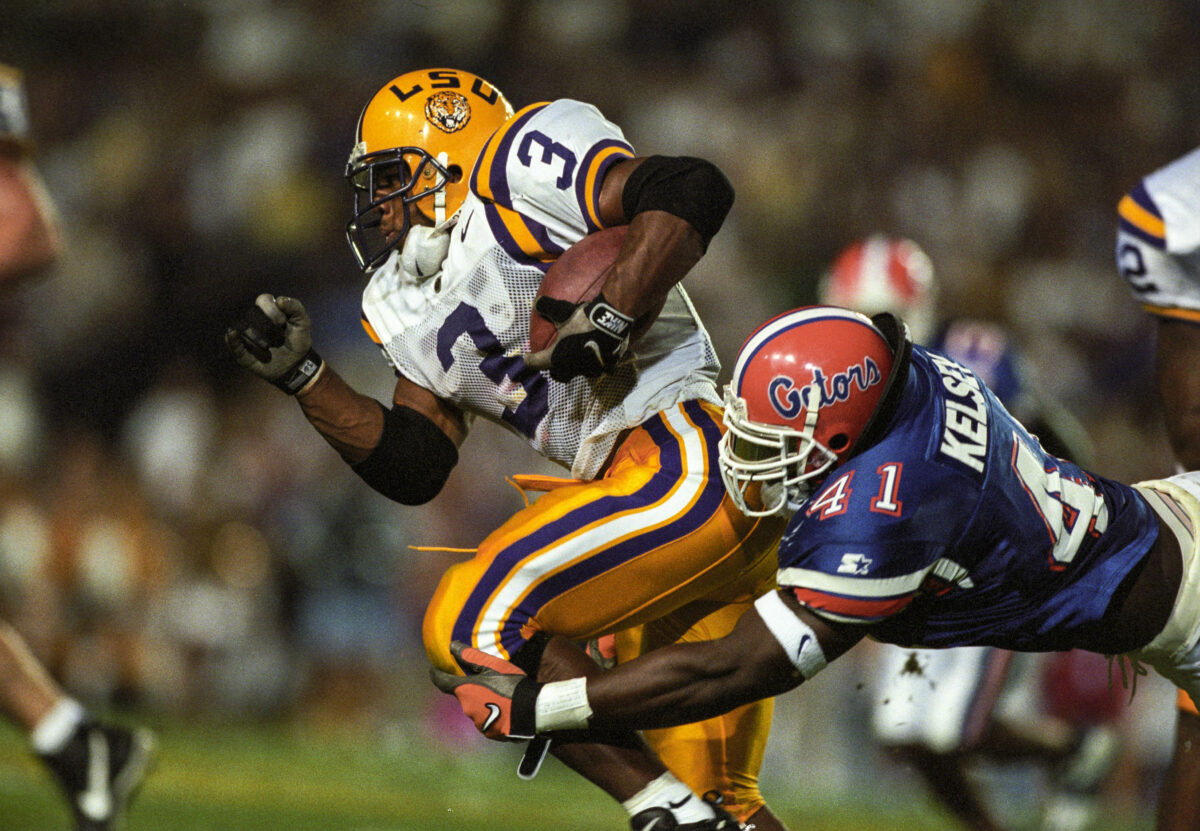Remember when Redskins owner Daniel Snyder fired Washington head coach Norv Turner?
Sunday, Dec. 3, 2000, Washington lost an agonizing home game to the New York Giants 9-7. What made matters even more frustrating for fans was that it was the second consecutive home loss and both against divisional opponents.

Washington had gone on the road and defeated defending Super Bowl champion St Louis 33-20, pushing their record to 7-4. However, a 23-20 loss to the Eagles and then the 9-7 loss to the Giants were more than Snyder could take, firing Turner.
It was typical Snyder at the time. Insistent on pushing buttons and making personnel moves, Snyder had signed aging veterans for much too-large of contracts in the 2000 offseason: Bruce Smith, Deion Sanders, Mark Carrier and Jeff George. He had traded up in the draft ensuring Washington would draft No. 2 (LaVar Arrington) and No. 3 (Chris Samuels) in the 2000 draft.
Now Snyder was trying his hand at changing the head coach at the crucial time of three regular-season games remaining. Snyder was thinking when he pushed buttons the team would be motivated. So Turner was suddenly gone. Defensive coordinator Ray Rhodes had five years of NFL head coaching experience. Yet Snyder named offensive assistant Terry Robiskie the interim coach.
Of course, the move backfired miserably. The team played like they were very unmotivated. The Redskins not only lost, but they were also embarrassed in their next two games at Dallas (32-13) and at Pittsburgh (24-3).
Despite the fact Brad Johnson had passed for 4,000 yards, led the team to 10 wins, the NFC East title and a playoff win in 199, Snyder and his player personnel right-hand man Vinny Cerrato had been signing aging veterans to large contracts rather than Washington veterans. Jeff George who was known to be a poor leader was brought to quarterback despite the fact Brad Johnson had passed for 4,000 yards, led the team to 10 wins, the NFC East title and a playoff win in 1999.
What in the world was Snyder thinking?
I recall fans being excited. I recall the media being excited. It was one of the first times in my life I saw trouble out front. How on earth could he have thought Jeff George brought in was good for the team?
Brad Johnson? He got out of town as soon as he could following the 2000 season, signed a free agent contract with Tampa Bay and they won the Super Bowl with Johnson as their offensive leader in 2002.
The 2000 offseason was one where Snyder insisted on making his HUGE splashes. Yet in the end, the season was a mess, and Dan Snyder had no one to blame but himself. He tried to save the season by blaming Turner and firing him. That didn’t work out well either.
A disturbing pattern by Snyder was now beginning to be noticed.




